VANCOUVER—It’s a sunny afternoon in the Lower Mainland as Maddy Clerk and Elana Evans of City Beet Farm harvest tomatoes for the weekly produce boxes they’re assembling for delivery the following day. The two run a successful community-supported agriculture (CSA) program, and there’s enough produce for them to also participate in a biweekly market and supply local restaurants.
Direct marketing is big business for many small-scale farms, but City Beet is smaller than most. With just a half-acre of production spread across 15 properties, it’s taking a novel approach to farming as one of the more than a dozen urban farms in Vancouver.
Given the high cost of land in BC, the two partner with landowners in residential neighbourhoods for space, paying them with a share of production or a 50% discount on the CSA subscription (or $275).
“A big aspect is the land-access issue,” says Clerk of the approach. “A really big part of it was being able to farm and work for ourselves at such a young age and get our feet wet in farming.”
“This was a way to try our own thing, and it felt accessible to us as people with little savings and not much capital behind us,” says Evans.
Vancouver adopted an urban farming bylaw in 2016 that recognized it as a permitted activity within city limits. (Some operations had previously been forced to shut down by neighbours’ complaints.) Being within the city also gives City Beet access to a willing market as well as services such as tool rental businesses and garden supply shops geared to small-scale producers.
“We don’t necessarily need to own all our equipment,” says Clerk. “For us, that makes a lot of sense.”
The operation’s small scale also means there’s room to learn. While managing 15 separate properties brings challenges, those pale in comparison to having to manage a 60-acre property.
“You can learn the skills of a small-scale farm in a place that feels comfortable, then take those skills and potentially move them elsewhere,” says Evans.
Pest pressure is also low, something she attributes to being in a highly developed urban environment rather than in a rural setting where the risk of alternative pest hosts might be higher. Wireworm exists on some properties, and aphids can be a problem, but there hasn’t been anything significant.
“We don’t have anything I would say is detrimental,” says Evans. “Part of it may be that we’re in such an urban context where there is so much diversity and there’s not a lot of agriculture.”
The lack of farming in the city also means that when people see what they’re doing, they initially think they’re ambitious gardeners. Conversations open doors to a fresh perception of what food production could be in an urban context.
“One of the big opportunities we have is to bridge the gap,” says Evans. “There’s by no means a world in which this type of agriculture is going to feed the city, but if this kind of agriculture can make the people that live in those condos think about where their food is coming from and what goes into growing food, I think there’s a whole education piece.”
This year marks the seventh season for the business, which was started in 2013 by Katie Ralphs and Ruth Warren. The pair saw an opportunity to work with landowners to turn yards into small-scale market gardens just as the urban farming movement began to gain traction. One of the city’s first urban farms, it became a model locally and elsewhere of urban agriculture’s promise.
The pair sold it to Clerk and Evans in 2016, new graduates who were passionate about local food production and wanted to work outdoors. (Ralphs now farms on Vancouver Island.)
Both had been tree-planters in university, and Evans studied soil sciences at UBC. Clerk had a commerce degree and is now a Chartered Professional Accountant. Both in their early 20s at the time, neither had previously been involved in farming.
“We walked around the neighbourhood and loved what they did and Maddy said, ‘Let’s buy it.’ So then one thing kind of led to another and in six months we were farming,” recalls Evans. “Initially, it was like a whirlwind, and I don’t know that I had really thought that much about why I was going to do it, other than I knew I wanted to work with the land.”
Valuation of the business was based on its annual income as well as goodwill built up with homeowners and subscribers to the CSA. A small loan was taken to finance the purchase.
“We essentially bought an existing CSA program and the relationships with the homeowners, and all the work that’s gone into rebuilding the soil on the sites. Like an existing farm, essentially,” says Clerk. “I guess we could have gone to work for another farmer and gotten experience that way, but for me, I’m definitely an entrepreneurial spirit, so being able to have a small business was exciting.”
The two have non-farm jobs in the winter; Evans handles various contract roles while Clerk is a financial analyst with an adventure-wear company. The work allows them to carry the small loan secured to buy the business. It’s almost paid off, and the farm itself is profitable (“a very modest income,” Clerk emphasizes), with CSA subscriptions having increased to 82 from 50 in 2016.
But it’s also nearing capacity.
“We get emails on a weekly basis saying, ‘I have this property. I want it turned over. How can I be part of what you do?’” says Evans. “We cannot take on any more now that our labour is totally maxed out, but I think there’s room for multiple other businesses to exist, like ours or similar to ours, in this city.”
Regarding their own futures, they’re not ready to sell. In fact, they recently launched a crowdfunding campaign on Kickstarter to raise $18,000 towards a solar-powered trailer that triples as a wash station, cooler and pop-up market stall.
“We’re just really focused on doing what we’re doing well and letting things happen naturally,” says Clerk. “Maybe we don’t want to be urban farmers forever, but it’s a really excellent starting point.”
“I stay because it’s the work I really love to do,” adds Evans. “I don’t think I’ll stay in the city for 10 more years doing it, but I want to farm for 20 or 30 more years.”

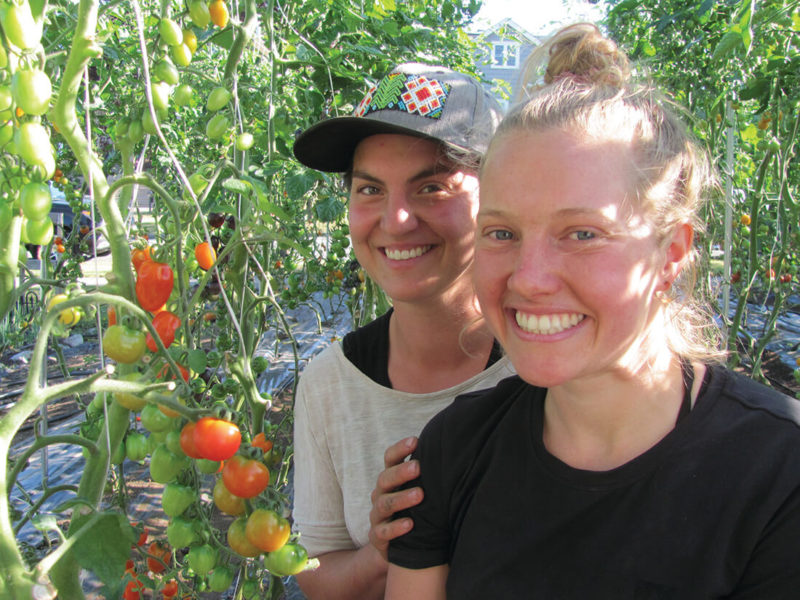
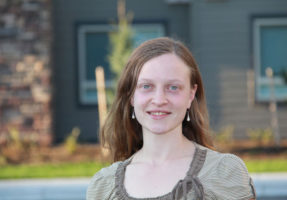
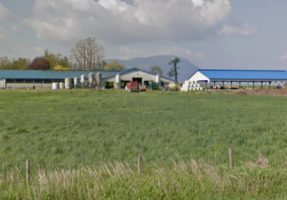

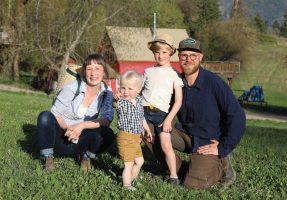
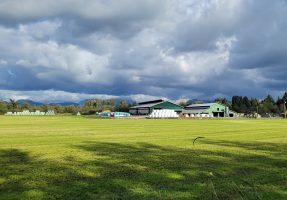

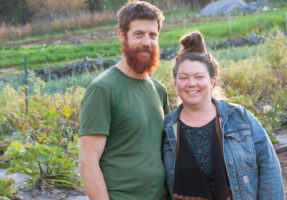
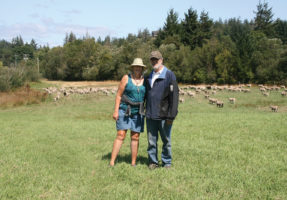
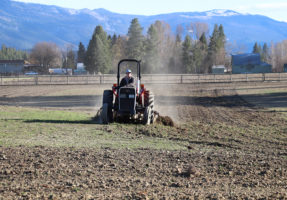

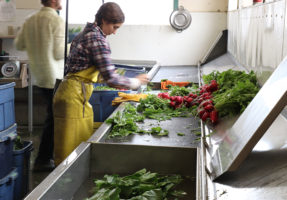
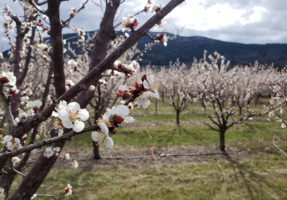
 Ministry working on land use inventory
Ministry working on land use inventory